Fruit For Thought - Braeburn


First and foremost, I hope everyone’s had an easy week at work, and are ready to relax and enjoy their weekend!
I’m going to introduce a new segment of our blog called “Fruit For Thought.” The idea is to create easy-reading content about all kinds of fruits; keeping things informative and interesting.
Naturally we’re going to start off with an Apple, namely; the Braeburn.
Introduction
The Braeburn is a cultivar of apple (a cultivar here just means “a type of”). They have a yellow/green-ish background, with red/orange vertical streaks covering most of it. The more ripe the Braeburn is, the more the red and orange shows.
They’re quite firm to touch, and they’re sweet (due to the natural forming sugars in them) yet tart.
Typically Braeburns are available between October through to April. You might notice however, we find Braeburns on our-shelves year-round, this is because Braeburns can be stored quite easily for months if they’re chilled right.
History
Interestingly enough, the Braeburn was an accident. It’s what’s called a “Chance Seedling” which means it was created by unintentional breeding; it wasn’t meant to be born, it was born by chance. This happened in 1952 by O. Moran, in New Zealand. Then, the Williams Brothers cultivated the apple for export. The name “Braeburn” comes from the Braeburn Orchards, where Braeburn apples were first commercially grown. Unfortunately, Braeburn Orchards is now closed.
Nutritional Information
Like with most apples, Braeburns are rich in Fiber, Antioxidants and Vitamin C.
Fiber mainly helps our digestive system. To understand this, we need to understand something pretty disgusting; our guts. We have, in our gut, millions of bacteria. Now not all bacteria are harmful, they actually help us. A majority of them find their homes in our large intestine. We give them a safe place to stay. When we consume food, we absorb most of the carbohydrates, proteins and fats that come with it; but we leave most of the fiber behind. Once the fiber reaches the large intestines, the bacteria are able to digest many of them; essentially acting as a food source. These bacteria produce fatty acids that different parts of our body need, which help reduce gut inflammation and improve digestive disorders such as irritable bowel syndrome.
Braeburns also have a high amount of Vitamin C in them. Vitamin C, or ascorbic acid, helps protect cells and keeps them healthy. It also maintains healthy skin, blood vessels, bones and cartilage. They also promote healing your wounds should you have any. Having enough Vitamin C means you’re less likely to get some conditions, like Scurvy.
Free Radicals are constantly being produced in our bodies. Our immune system uses free radicals to fight off infections that might have found themselves within us. But of course, if you have too many Free Radicals, they can be dangerous. Free radicals are linked to diabetes, heart disease and some cancers. Apples are chock-full of antioxidants, which helps regulate the amount of free radicals that may get a bit too excited in us.
Share this post
Related Posts
Fruit For The Office and Recycling
Nutritional Insight - Minerals
Honeydew Melon Health Benefits and their History
Valentine's Day
Fruit For Thought - Banana
The Real History of Bananas! Where did we get the term Banana republic?
Easter Opening Times
Bank Holiday Procedure - 2023
How Caffeine Affects our Bodies
The Benefits of Early-Morning Deliveries
How fruit boosts productivity in the office
5 Delicious Fruits to Have in Summer
Our New Fruit Boxes | Fruit For The Office
How fruit helps in the heat
How to entice staff to eat fruit in the Workplace
The Fruitful Impact: How Fruits Reshaped History
What Do Fruit Delivery Companies Actually Do?
The Benefits Of Cucumbers | Everything you need to know!
Fruit For Thought - Pomegranate
How Pumpkins became associated with Halloween and their health Benefits for you
Bank Holiday Procedure and Planned Closures - 2024
Discover 10 Delicious Types of Pears - A Guide to Varieties
10 Types of Apples: A Comprehensive Guide to Flavorful Varieties
Discover 15 Exotic and Bizarre Fruits from Around the Globe
Everything to know about Skimmed Milk
8 reasons to get milk to the office
5 Critical Benefits of Healthy Office Snack Box Deliveries
Bank Holiday Procedure and Planned Closures - 2025
City Harvest and Fruit For The Office Collaboration
Tags
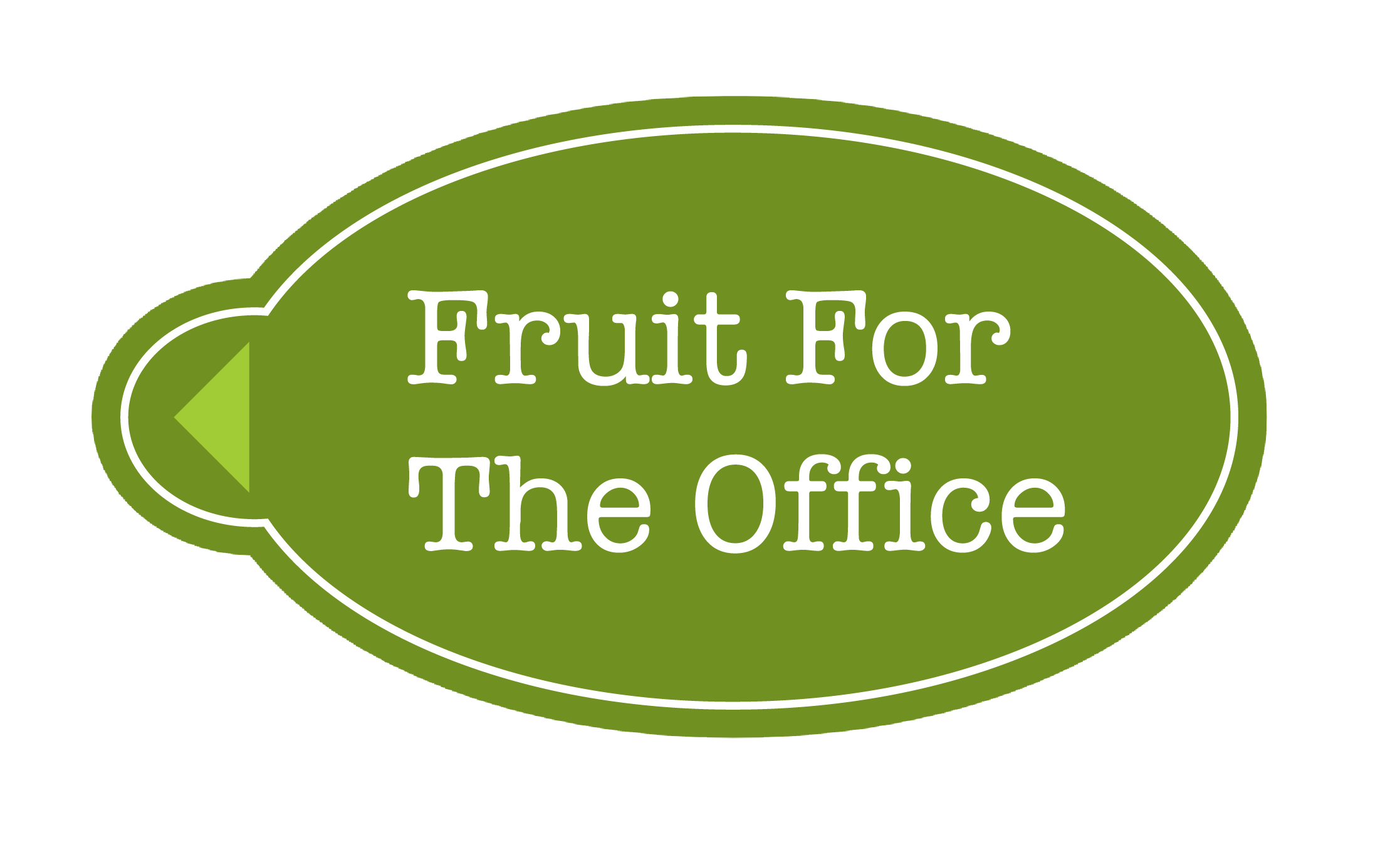

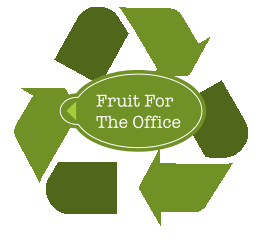
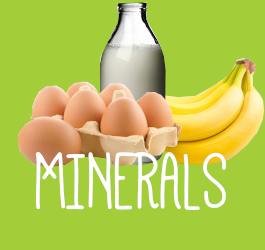
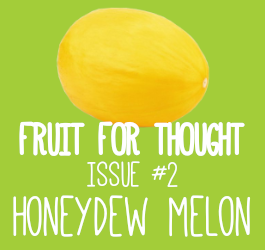












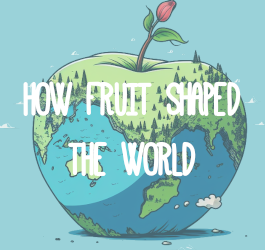
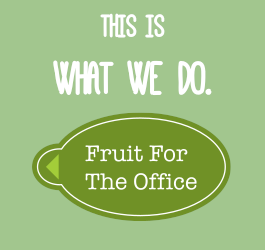
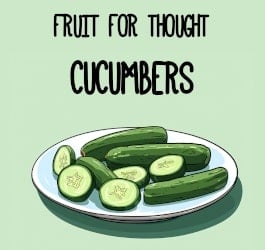
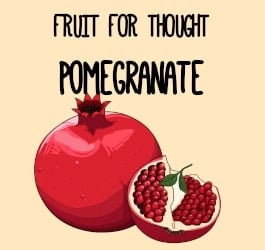
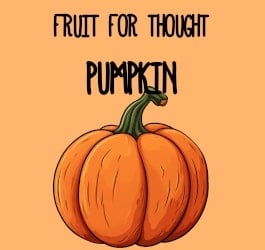






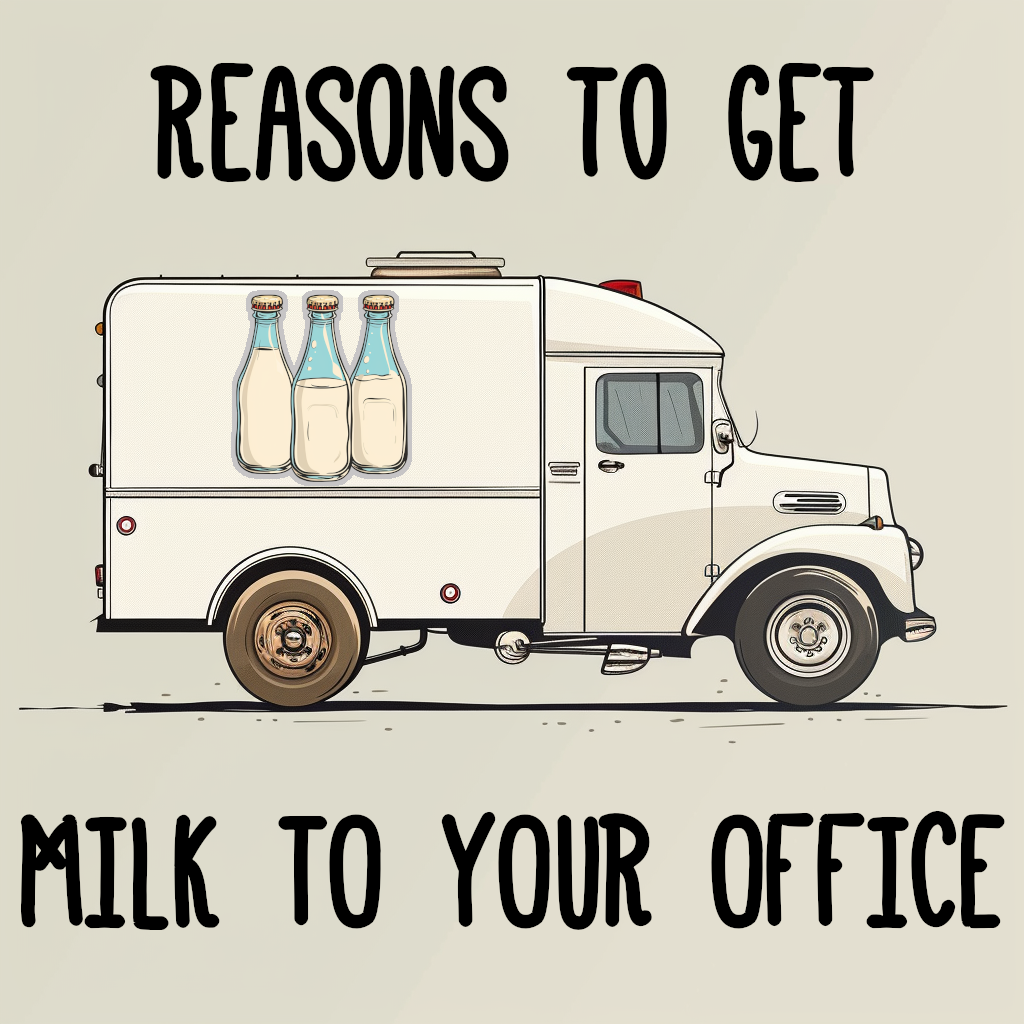
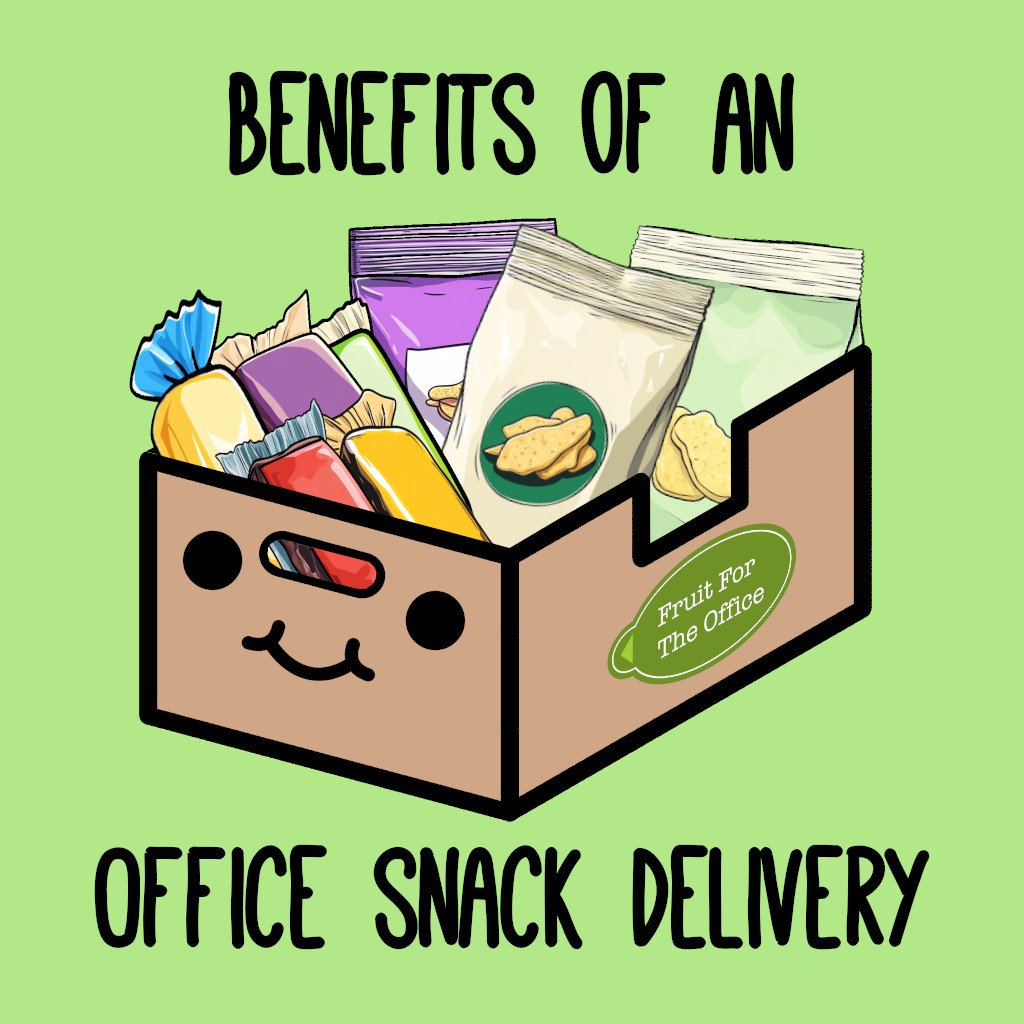
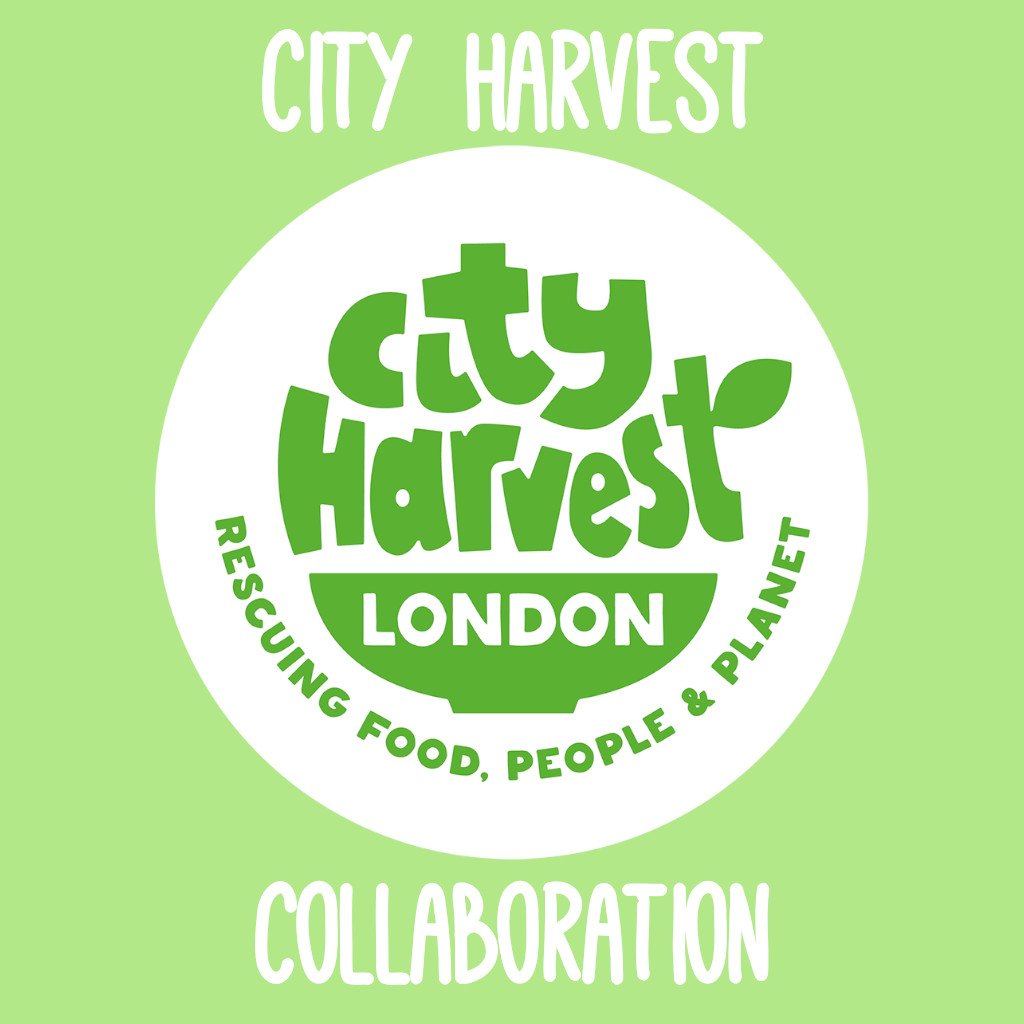






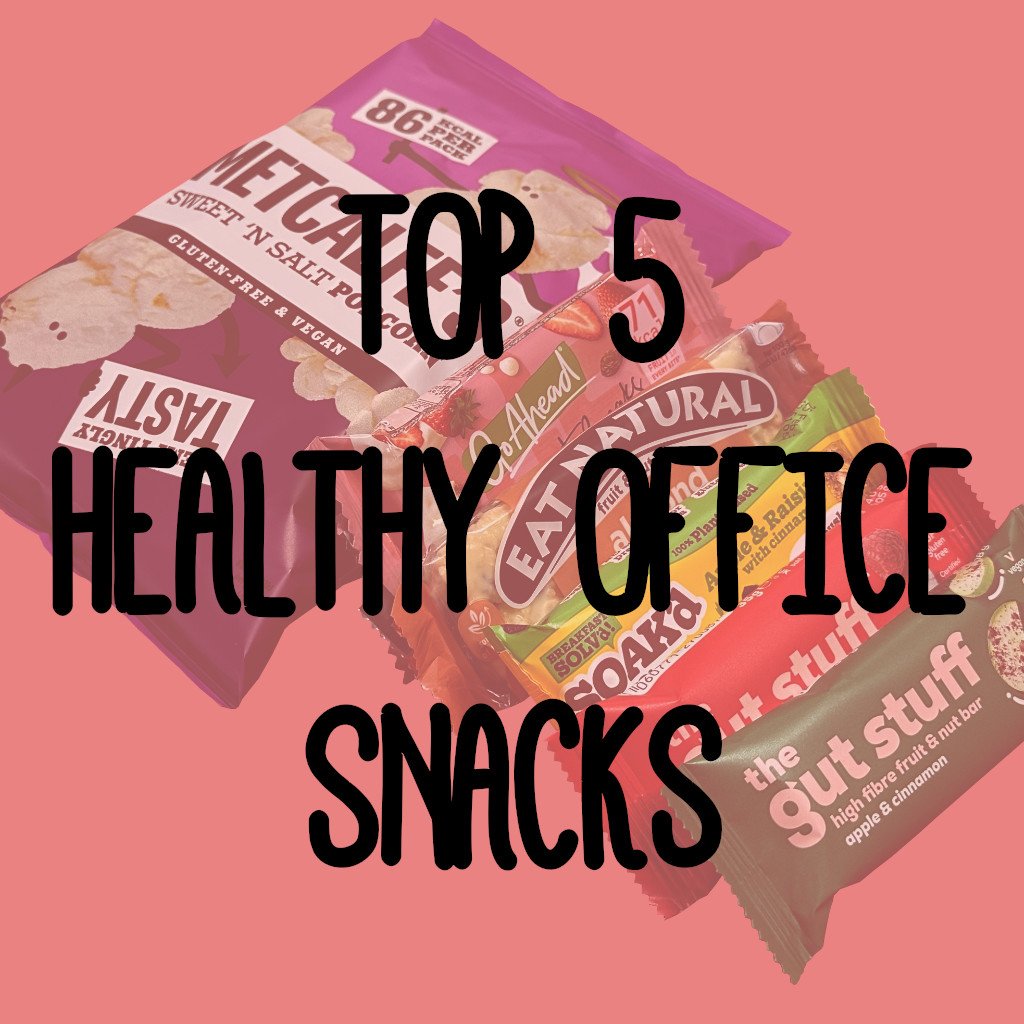

Comments